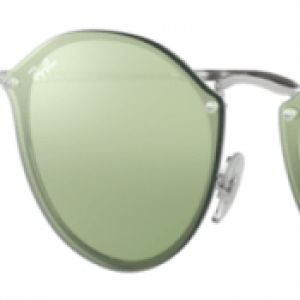The Jade Plant and Braided Pachira Income TreesPosted by seomypassion12 on April 25th, 2021 Mt. Fuji has, because historical situations, long influenced many painters, since their magnificent image has been worshiped throughout Japan. When Mt. Fuji is tinted red by the sun's rays, the picture is called "Aka-Fuji" (Red Mt. Fuji). This superb see, which is seldom observed by many people, has been regarded a very lucky symbol. This is why a kakejiku of Aka-fuji is usually displayed for New Year breaks as well as regular days, while different normal kakejiku are seldom displayed. (Most Japanese people want to have a pleased New Year). "Shikibana" suggests four plants, each addressing one of the four seasons. Shikibana is among the subjects of the most common kakejiku. Though there is number specific concept, a peony, that will be considered the master of flowers in China, is normally situated in the middle of the screen, with another plants encircling it.The mix of bamboos and sparrows (called "take-ni-suzume") has, because historical occasions, long been regarded a lucky image, therefore it is highly popular in Japan.The Western persons enjoy the traits of bamboo: they develop right and is flexible, yet is difficult to break. They liken bamboo to the fortunes of a family, and hope that their family fortunes won't decline. The four times are unique in Japan, therefore the Western persons price the feeling of each season. They replace their kakejiku (hanging scrolls) depending on the season. This type of kakejiku is named "kisetsu-gake" (seasonal kakejiku).Plum woods in many cases are opted for as a topic for early spring paintings. Many Western persons like plum trees because they are the first ever to blossom. Bush warblers in many cases are depicted with plum trees in Western art. Cherry flowers are also usually used as a subject for spring paintings. Cherry plants as a image of spring, are common to the Western, because they see them blossom beautifully in those days every year.The peony, considered "the king of plants" in China, is usually applied as an interest for early summertime paintings. Nevertheless, in the "kakejiku" (hanging scroll) earth, displaying a peony kakejiku is recognized as the best hospitality you are able to share with a guest. Thus, that kakejiku is often shown even in periods other than early summer. Like it? Share it!More by this author |


